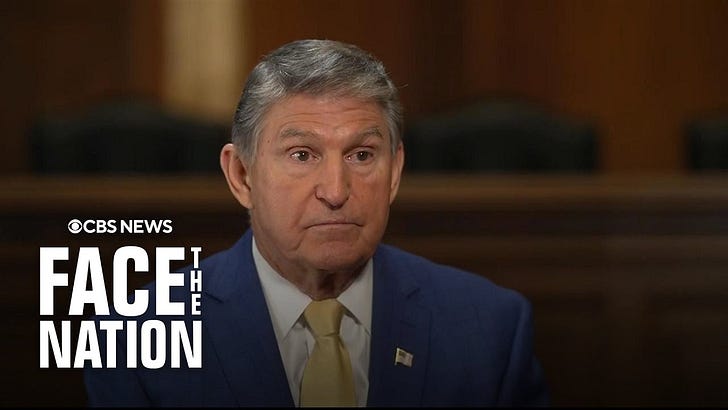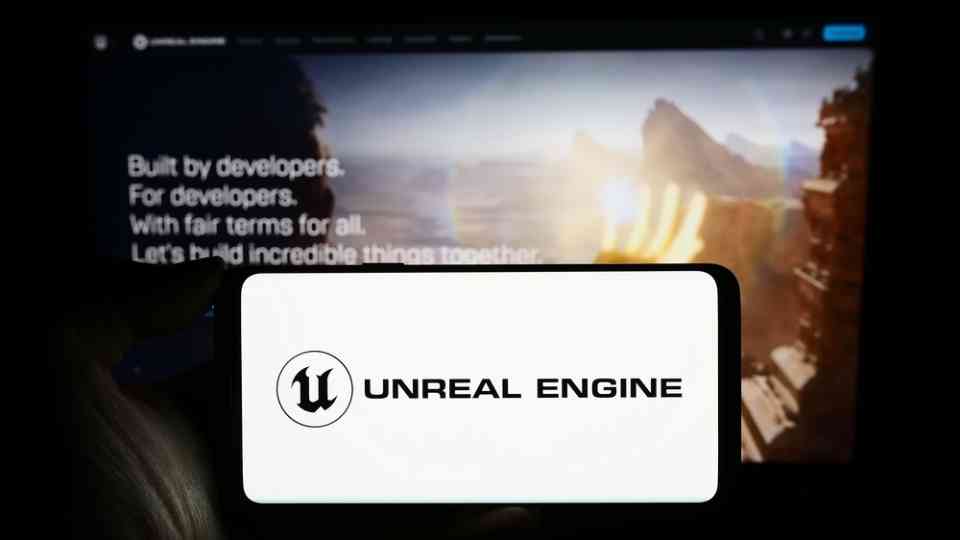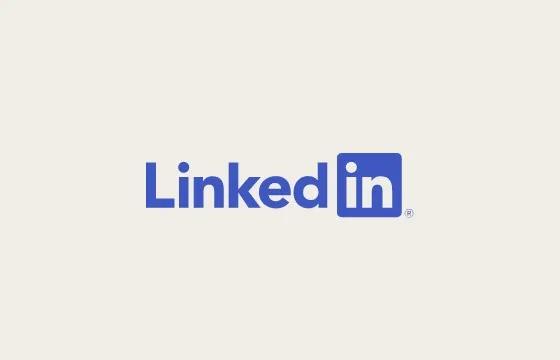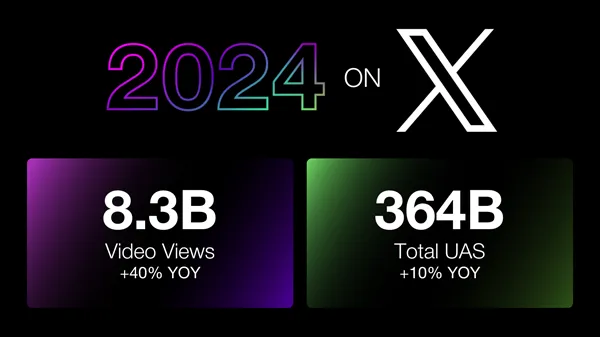In part 1 of this three-part series, the authors explain why leaders must give the best of their talent attractive new options, helping them focus on their most significant strengths and gifts in ways that will benefit the company in the short and long term. Part 2 follows below.
As a talent shortage stubbornly persists for most industries—even though many companies are eliminating tens of thousands of jobs this winter—the imperative for CEOs to tap into their top people in transformative ways becomes even more acute. Most business chiefs say they want to do that, but they’re not sure how to go about it.
We advocate an approach that might seem radical to company leaders: distribute authority to your stars to shape their own roles in the company regardless of their levels. Agree on a few significant, measurable goals, including some of the so-called breakthrough variety, and then double down on the approach by compensating those stars in outsized ways for the positive results they achieve.
If anything changes in the way you strategically manage your talent, this should be it: establish a commitment to (1) focus on impacts, outcomes and direct contributions regardless of level or title—and (2) pay for them. Nothing else in your talent strategy can come close to that one revolutionary move. It will unleash the full potential of your organization, producing domino effects that will cascade throughout the organization.
Not sure how to go about it? We’ve developed a series of five questions that will help you as a C-level executive and your third-party partners devise effective strategies for optimizing what star players do for your company.
1 How are you magnetizing, empowering and unlocking top talent?
You can’t know who your top talent are until talent represents both the starting and end points of your strategy. You and your leadership team must relentlessly and consistently focus on talent as topic one, identify—and sometimes create—the key roles that position the incumbents to create the most value, and ensure that you have A-team players in each of those value-critical roles. You have to become active talent agents and bring the fit-to-role discussion to every strategic initiative.
The strategy must highlight certain capabilities, attributes, behaviors and values—the root drivers of breakthrough performance—and model them. The specs for top talent must match both the company today and, more important, the company of the future as business strategies and markets change.
Once the key roles have been defined and top talents are on board and demonstrating their capabilities, leaders must maximize that top talent’s impact day to day by removing obstacles—at all levels—to transformation. Let your top talent do what they need to do to help you transform your organization and its direction. Reinforce a culture of empowerment.
2. Are your top-talent list and talent pipeline diverse and inclusive?
Every CEO should have a diversity, equity, inclusion and belonging (DEIB) plan that is tied to real results. You must ensure that DEIB practices are making impacts throughout your organization.
A DEIB plan calls for both adopting and creating tools and methods for confronting and minimizing implicit bias while maximizing inclusion and belonging—and using the tools systematically rather than sporadically. The most powerful driver of innovation is a diverse array of perspectives at every table.
3. Is top talent being actively and persistently invited to bring their full selves and biggest strengths to work every day?
Directly building on your DEIB practices, leaders must help every employee, partner, and customer tap into everything those employees, partners and customers have to offer in their association with the company. Implore people to find their own one-of-a-kind ways to impact the enterprise. And you must be the one to set the example and tone, fuel the movement, and be its greatest advocate.
One powerful approach is called strengths-based development. Instead of wasting time in people-development cycles by filling gaps and addressing weaknesses, you and your other senior leaders should spend your time relentlessly scouting your talent for superpowers.
Make your approach all about maximizing the daily use of each person’s biggest strengths and unique capabilities. Repeatedly ask the “highest-and-best-use” question and align the talent accordingly.
4. Do you compensate equitably based on impact or do you compensate based on role?
Create a discipline that involves discovering and disproportionately focusing on those who are exerting major positive influences on your company’s success. That discipline can transform how and why you pay people. And because compensation has been climbing wildly in some arenas recently, in the chase for talent you must be purposeful and disciplined in whom you reward—and why.
Certainly, there are expectations about compensation at the leadership level. But a disproportionate spend at the top—what you believe you must offer to retain the senior managers you need—could be draining your ability to reward and fuel individuals at lower levels who are the ones driving change, innovating and building most of the organization’s actual value. An organization’s hierarchy and its impact constellation can differ: put a new focus on paying people for value creation regardless of where they are on the org chart.
As an exercise, take your own total compensation and compare it with the sum of the compensation of those on a list of your top-impact employees. Consider your own individual impact against what those employees bring to the table every day. Think about how much of your own compensation is based on what they do for you. How do the compensations and comparisons stack up? What should change?
5. Is your top talent truly building your future or are you controlling the strategy—and them?
It’s essential that you look at the most critical element of empowerment: do you allow others—with their individual perspectives, insights, experiences and capabilities that are almost certainly different from yours—to adequately lead and shape the business?
Strategic control is considered the ultimate duty of every CEO. However, instead of trying at all costs to retain control, challenge yourself to find ways every day to distribute agency and power to the top talent that you have gathered and empowered.
Likely, you’ll find 1) that they demonstrate capabilities and insights you don’t have and 2) that they are channels to emerging trends and strategic options that are difficult for you and other executives to see. If so empowered, your top talent will show you the most successful way forward.
In the third, and final, installment of this series, we will dig deeper into what is required for CEOs to execute their new talent strategy—in part by bringing their genuine selves and full range of experiences to the table.








































































